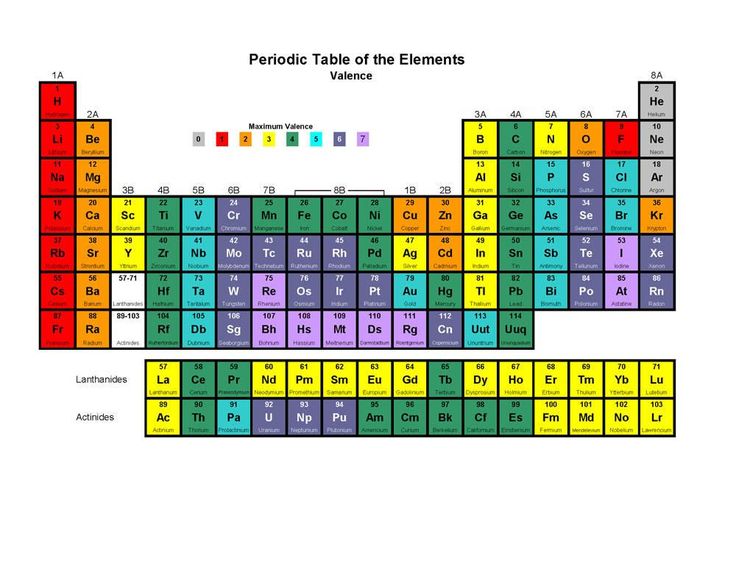oftheherd1
Senior Master
- Joined
- May 12, 2011
- Messages
- 4,685
- Reaction score
- 817
I don't think so.
The first commercially available window based operating system predates ms windows 1 by 6 years, that was based on a proprietary system from 8 years previous.
Apple, Atari, DR and Commodore all beat MS to a GUI release.
Apart from those (xerox based, hence X windows) there were a number of GUIs available to layer on DOS if you wanted.
What Gates did was market his version and sign supply deals.
Oh yes. GEOS on the Commodore, Apple, and IBM worked better than windows, and I don't recall any glitches.

